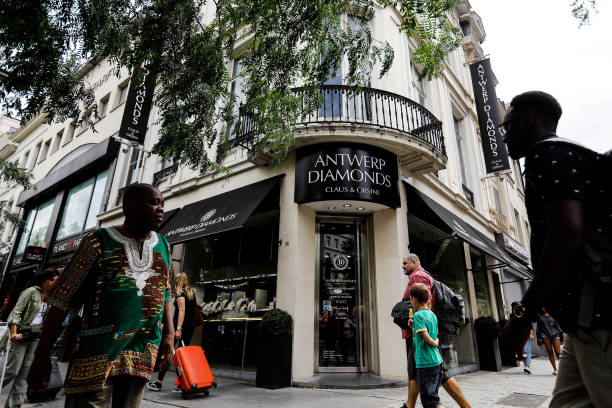
If we talk about diamonds with Europe in mind, the first place that comes to mind is the Antwerp Diamond District. But what is behind the logistics of taking diamonds from faraway Botswana or Australia to this northern European port?
With an area of approximately 1 km2, the Antwerp diamond district is very limited in size. However, it is the perfect place to buy diamonds in Antwerp and, by extension, all over the world. This small community sees contracts between traders and the purchase and sale of lots of diamonds, which are then sorted and redistributed.
In Antwerp, the rough diamond, which eventually becomes beautiful jewelry, is sold to diamond dealers who will cut them elsewhere. Today, this cutting is often done in high-tech cutting centers in India, for example. But Antwerp is also the place where the cut diamond re-enters the international trading market. According to statistics, 80% of all polished diamonds in the world will have passed through Antwerp at some point in the negotiation process.
From delivery at Schiphol to the safe of a diamond dealer, the journey of a diamond is quite long. Every day, a highly guarded flight from Schiphol airport in the Netherlands lands at Antwerp airport, about five kilometres from the city centre. The cargo it transports is valued at $180 million and consists of packages from, among other places, Canada, South Africa, Russia and Namibia. An annual total of $36 billion.
Once the packages are unloaded under the eye of the guards, they are transported to the Antwerp diamond district in an armoured vehicle belonging to a specialised security company and accompanied by police vehicles.
Finally the `packages are delivered to Diamond Office, an AWDC department. There, all diamonds coming from outside the EU are reviewed and evaluated. And after the valuable mercancy is transported to their final distributor.